Sales events are a great way to bolster foot traffic in your showroom and land a few extra closings during slow periods. However, they’re only as effective as their promotional media.
To get the word out about your upcoming spa sales event, you need to get savvy with social media and other digital platforms. Using consumer demographics, geotargeting, and other web analytic tools, you can generate a tailor-made campaign that reaches the eyes of your future customers. Let’s take a further look at what it takes to generate buzz around your next event in a way that produces results.
1. Create a Compelling Offer
Before you promote your upcoming sales event, you need to create an offer worth advertising. You can slash prices, promise rebates, or incentivize purchases, but ultimately, you want something your target consumer is going to respond to. It helps here to consider the strengths of previous sales events and promotions, then focus your new campaign on past successes.
Crafting the “Deal”
That being said, there is no right or wrong deal you can offer: its success depends on what attracts your customer demographic. Therefore, in order to make a compelling offer, you need to know what your customers are looking for. For instance, did a particular coupon result in more sales than another? Did big-ticket or small-ticket discounts perform better? Popular incentives often include free accessory packages and limited-time upgrade offers.
Nothing sells quite as well as free.
Finally, make the event exciting. Consider looping in surrounding businesses and hosting a neighborhood sales event, including tents, games, raffles and more. At the very least, this will help draw the attention of the passersby.
Timing Is Everything
When it comes to promoting and executing a sales event at your spa dealership, timing plays a huge role for both your customers and your business. First, you need to identify periods of demand and lulls. Both can be effective times to launch a sales event; however, they affect the kind of sales campaign you run.
For instance, you may consider running a “discount” sales event to clear back stock during high sales periods, such as the summer rush or holiday season. However, to get through the mid-January lulls, an incentivizing deal may be more effective. Keep an eye on your inventory and sales numbers: these are the metrics that often inform when to hold your next sales event, in addition to the seasonality of consumer spending.
Establishing Urgency
The last key aspect of a compelling sales offer is urgency. Your customers need to feel as though they will “miss out” if they don’t act now. This can be as simple as limiting the availability of a certain product or discontinuing it entirely. Limited-time offers are also effective. Finally, you can also create offers which encourage foot traffic, such as free chemicals to the first 25 customers. Often with a good deal, the greater the urgency, the higher the demand.
2. Identify Your Target Demographic
The first step in marketing your sales event is identifying your target demographic. Using search and social media tools such as Facebook or Google, you can access large swaths of data without leaving the office. Before you start sifting through endless data, first compile a list of commonalities between your previous customers.
Through careful analysis of your past customers, you can paint a picture of who your target consumer is. First, ask yourself: who are they? Then, using a series of demographic metrics, start sorting your customer list. The more you use, the more complete the picture. Common metrics include:
- Gender
- Age
- Financial standing
- Ethnicity
- Religion
- Number of children
If you collect email addresses for all your customers (and you should), use them to look up your customers on Facebook. Your search results will also yield other social media uses with similar interests. When running a promotional social media campaign, these are your target audience.
3. Geotarget Your Campaign
Location, location, location–it’s as true in event promotion as it is in real estate. When putting together your promotional campaign, you need to ensure your ads are targeting the correct markets. If you use Facebook as your primary means of online advertising, be sure to identify where most of your customers hail from. Obviously, it’s a waste of money to advertise to people in Florida for your sales event in California.
When selecting your geotargeting audience, set a predetermined radius (for example, the surrounding 25 miles) from which consumers are most like to travel. Be conservative in your estimation, but don’t make the radius too narrow.
4. Test Your Ad Potential
Before you spend your entire advertising budget on a new campaign, you want to test its effectiveness on a sample audience. Using the information you’ve gathered, generate a limited campaign geared toward a fraction of your audience.
It's much more cost effective to spend time perfecting your promotion than wasting money and resources on a large-scale misfire.
Take some time to review the results to see who responds to your ad. If your campaign seems on target, then expand its reach. However, if tests reveal a tepid response, go back to the drawing boards. It’s much more cost effective to spend time perfecting your promotion than wasting money and resources on a large-scale misfire.
Inexpensive and Creative Ways to Build Buzz
With social media and online advertising, reaching targeted audiences is cheaper and more effective than ever. However, when you’re creative with your promotional tactics, you can make your efforts even more affordable. Here are a few inexpensive advertising strategies you can use in your next campaign.
1. Generate Anticipation
Like an upcoming holiday blockbuster, when you want to get people excited for something months down the road, don’t give away the ending. Use teaser promotions, such as videos or pictures, that hint at something interesting in the future. This strategy is effective for announcing new product lines and major blowout sales. In leaving out critical information, you draw attention and entice your audience to find out more.
2. Attract Reporters
They say all press is good press. That may be true, but more importantly: all press is free press. When you get media outlets to write about your showroom experience or sales event, brand recognition increases. Getting reporters to cover your store (barring a scandal) can be difficult, but there are resources like Help A Reporter Out (HARO) that can link you up with press outlets.
Like an upcoming holiday blockbuster, when you want to get people excited for something months down the road, don't give away the ending.
3. Write an Attention-Grabbing Slogan
From bologna to multi-purpose cleaner, there are some products that are forever ingrained into cultural consciousness because of their advertising slogans and jingles. An effective sales hook can go a long way in marketing. Best of all, a good slogan can cost absolutely nothing. An unforgettable hook or jingle can provide more brand recognition than any email or social media campaign.
4. Be Forthright
Sometimes in advertising, honesty is the best policy. Although risky, you can play it straight with your consumers, offering honest assessments of your business, what you have to offer and why you’re extending the sale. In an age where cynicism and skepticism reign, consumers often relish a transparent sales approach.
5. Offer Giveaways
Nothing sells quite as well as free. Granted, giving away product will cut into your bottom-line, but it is almost guaranteed to draw traffic to your showroom. However, you can invest in inexpensive freebies, such as free sunscreen or t-shirts, for everyone who visits your showroom during the sales event. Be sure to include your company logo and contact info. Even if they don’t purchase from you, your name gets out there.
With a little bit of consumer analysis, strategic thinking, and creativity, you can create the buzz you need for a successful sales event. Using the power of social media and data gathering, you can make smarter, more targeted promotions that reach the audience your business wants.




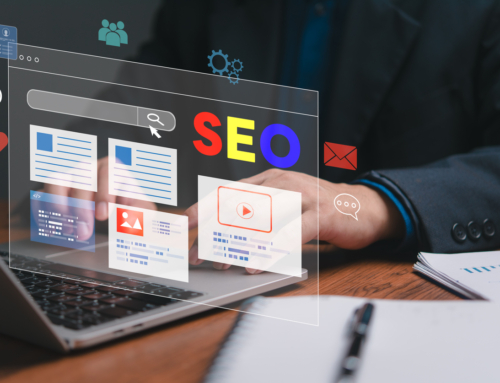
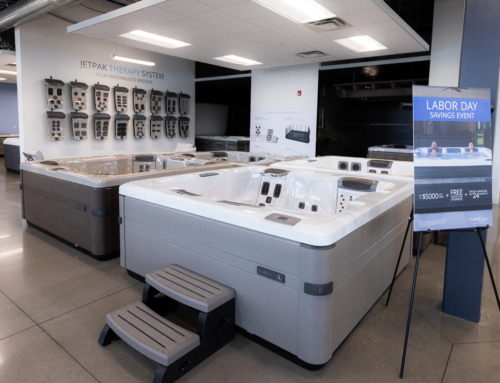
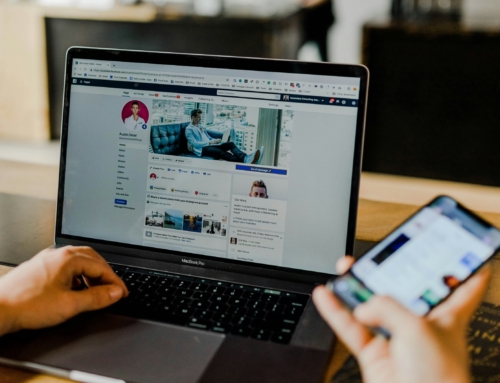
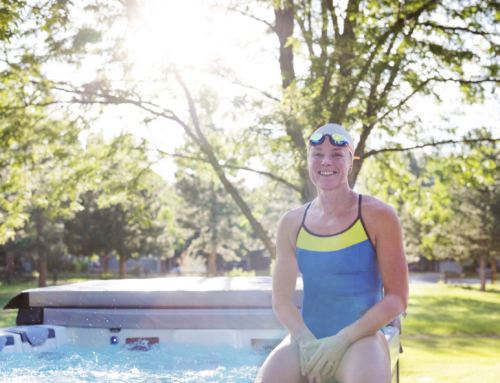
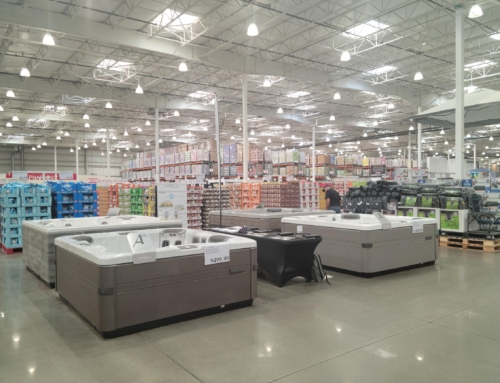
Leave A Comment